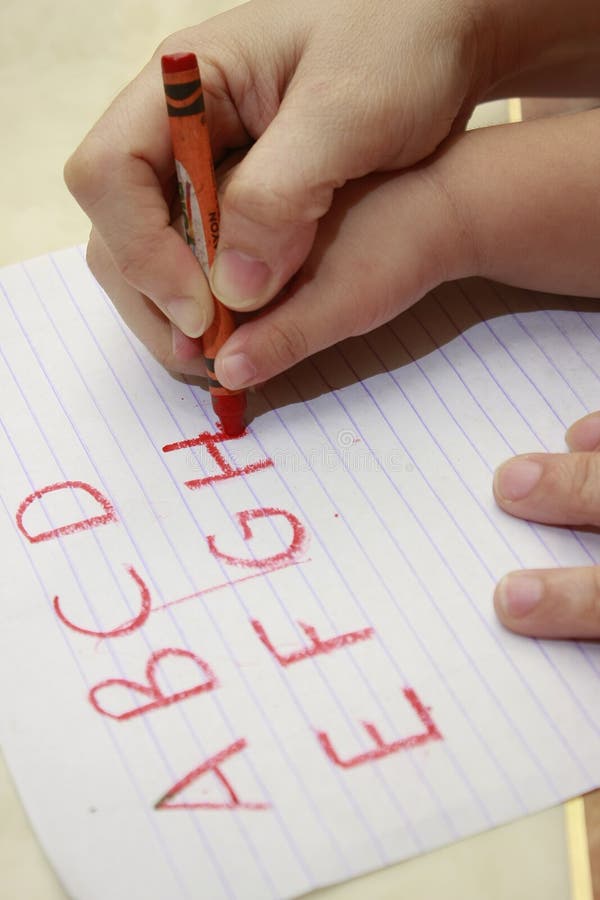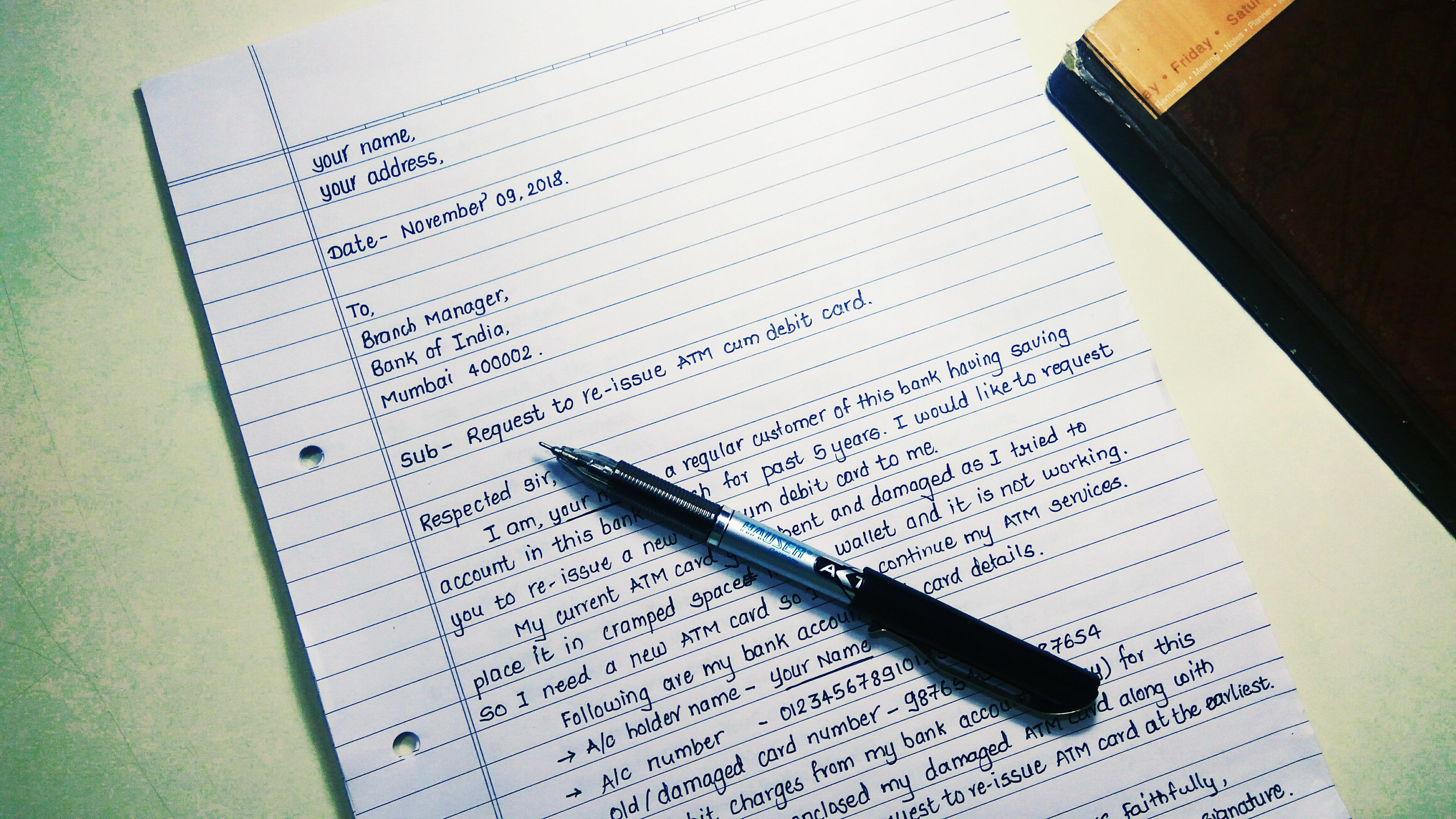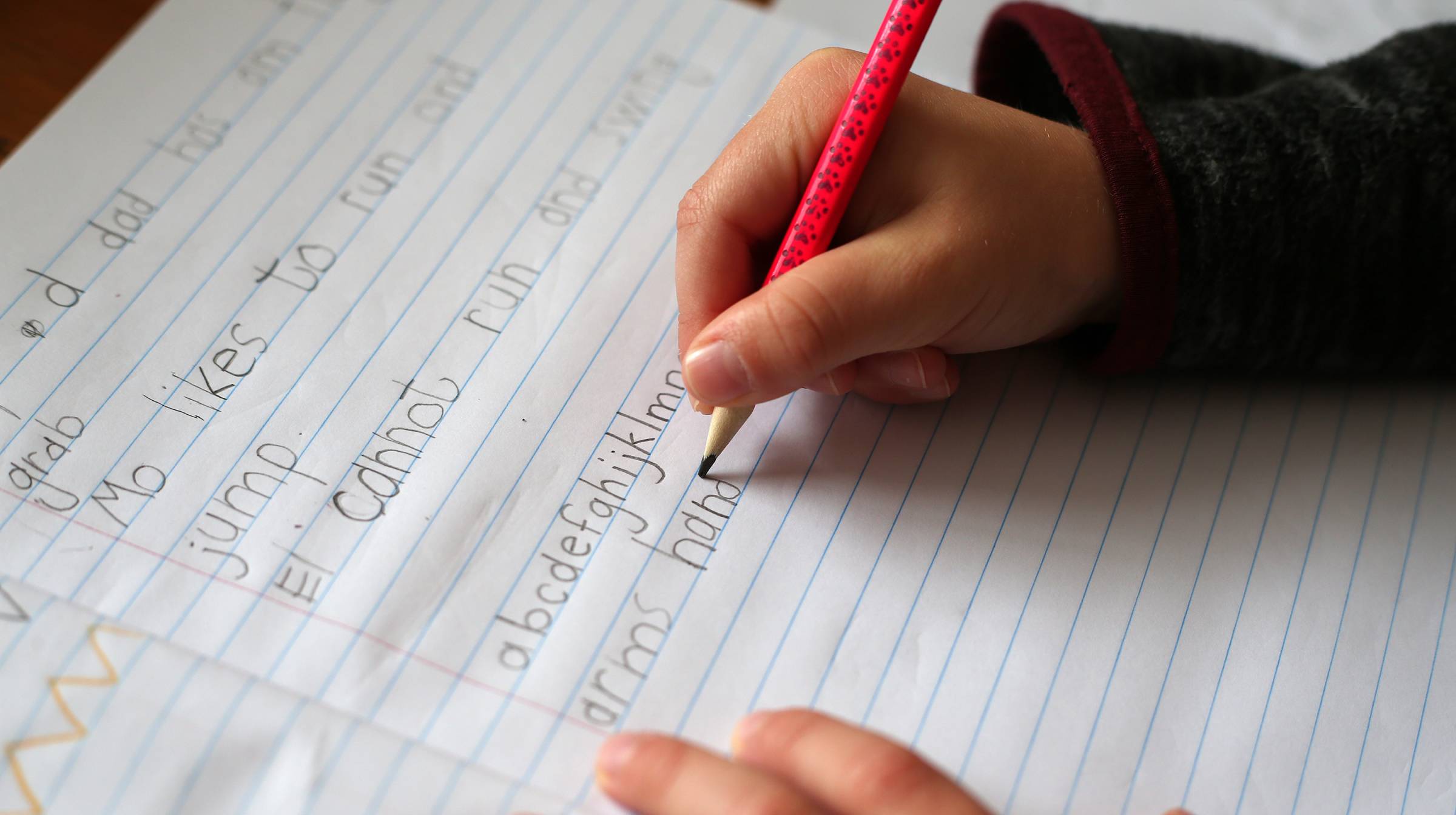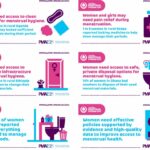Title: A Comprehensive Guide on How to Write effectively
Introduction:
Writing is a fundamental skill that plays a crucial role in academia, professional life, and personal growth. Whether you are a student looking to enhance your academic performance or an aspiring writer aiming to excel in your chosen field, honing your writing skills is essential. In this comprehensive guide, we will explore the step-by-step process of effective writing, providing insights and tips to help you become a proficient writer.
I. Understanding the Writing Process:
A. Pre-Writing Stage:
1. Defining the purpose and audience
2. Conducting research and gathering relevant information
3. Creating an outline to organize your thoughts
B. Writing Stage:
1. Introduction:
a. Grabbing the reader’s attention with a captivating opening
b. Clearly stating the thesis statement or main argument
2. Body:
a. Developing coherent paragraphs with topic sentences
b. Providing supporting evidence and examples
c. Ensuring smooth transitions between paragraphs
3. Conclusion:
a. Summarizing the main points
b. Restating the thesis statement and leaving a lasting impression
II. Enhancing Writing Skills:
A. Grammar and Punctuation:
1. Proper usage of grammar rules, such as verb agreement and tenses
2. Mastering punctuation marks, including commas, semicolons, and dashes
3. Avoiding common grammatical mistakes
B. Vocabulary and Word Choice:
1. Expanding your vocabulary through reading and learning new words
2. Utilizing appropriate language for your target audience
3. Using precise and impactful words to convey your message effectively
C. Sentence Structure:
1. Varied sentence structures for readability
2. Balancing simplicity and complexity for a well-rounded writing style
3. Avoiding run-on sentences and fragments
III. Editing and Proofreading:
A. Reviewing for Clarity and Coherence:
1. Checking for logical flow and coherence between ideas
2. Eliminating redundant or repetitive information
3. Ensuring that each paragraph supports the main idea
B. Grammar and Spelling:
1. Proofreading for grammatical errors, including subject-verb agreement and tense consistency
2. Correcting spelling mistakes using spell-check and manual review
3. Seeking feedback from peers or a professional editor
IV. Developing a Writing Routine:
A. Time Management and Planning:
1. Setting aside dedicated time for writing
2. Breaking down larger tasks into manageable chunks
3. Creating a realistic writing schedule
B. Seeking Feedback and Revising:
1. Requesting input from peers or mentors for constructive criticism
2. Considering suggestions and making necessary revisions
3. Practicing self-reflection and continuous improvement
Conclusion:
Mastering the art of writing is a continuous process that requires persistence, practice, and dedication. By implementing the strategies outlined in this guide, you can dramatically improve your writing skills and achieve your desired outcomes. Remember, effective writing is a powerful tool that can open doors to new opportunities and create a lasting impact on your audience.
FAQs:
1. How long does it take to become a proficient writer?
2. Are there any recommended resources for improving writing skills?
3. How can I overcome writer’s block?
4. Is it necessary to use complex vocabulary to sound professional?
5. Can anyone become a skilled writer with practice?
Gallery
How To Write A Book: 30 Different Authors Share Their Advice | OutwitTrade

Photo Credit by: bing.com / book write writing authors advice different their discussions months ago community
Clipart – Write

Photo Credit by: bing.com / write clipart writing 2263 schreiben
Learning To Write Stock Image. Image Of Body, Holding – 15012723

Photo Credit by: bing.com / write learning
How Students Need To Write A Formal Letter? – MakeMyAssignments Blog

Photo Credit by: bing.com / handwriting kannada makemyassignments
Hand-writing Letters Shown To Be Best Technique For Learning To Read | Hub

Photo Credit by: bing.com / typing effectively teaches skills jhu







